If you have kids and wish to engage them in fun science activities then read our list of 10 science activities for toddlers and preschoolers.
We tend to think that science is so hard that even adults have difficulties understanding it sometimes, let alone children. But in fact, science can be simplified and used in a manner which children will not only understand, but will like it, too.
Children learn very quickly so it’s very important to provide them with an environment where they can explore and learn. The best way for young kids to learn is through playful activities and games because they are entertained. Children are usually very curious about all sorts of things and they wish to know why does something do this or that, and how does something work. You can use this curiosity to teach them many things, not by simply responding to their questions, but by engaging them in activities which allow them to investigate the matter and find the answer by themselves.
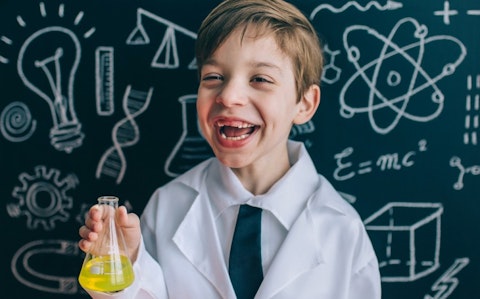
David Pereiras/Shutterstock.com
Since children get bored very easily and in no time, what you need are simple, yet fun activities which won’t allow them to get bored. You can teach them to like science through a series of easy and amusing science activities meant for toddlers as well as for all kids. They like to get messy and to touch everything because in this way they learn, so why not use their energy for a great purpose?
But how can you explain a difficult and complex science concept to a toddler or a preschooler, you might ask? Well, as we have already mentioned before, explaining might be altogether unnecessary when working with children. They like to see, feel, and experience things so perhaps the best way is to concentrate on that. Observe things together and test things to see what happens. The key is in asking questions, as every scientist does before he decides to test certain things. Act like a scientist and explore the nature together. PBS parents contains great tips on how to approach this matter so you can check it out. It is very important to encourage your kids to develop their thinking skills and not to simply give all the answers right away. By doing so, they will not only get an answer eventually but they will understand it, too. Encourage their curiosity and encourage the kids to express their opinion while engaging in activities. If you need fresh ideas for problem-solving activities for you kid, then read our list of 18 Fun Problem-Solving Activities for Preschoolers.
In order to help parents find the best activities for their kids, we have searched through various science and parenting related websites like Education and Happy Hooligans. Check out our list of 10 science activities for toddlers and preschoolers.
10. Which One is Heavier?
This activity, which is perfect for toddlers, only takes a few minutes and it is very easy to do. Make a balance scale out of a coat hanger of something similar. Then take 2 objects that you can find around the house and put them on the scale to see which one is heavier. Children find it fun and they can be amazed how some small things can be heavier than others which are much bigger.
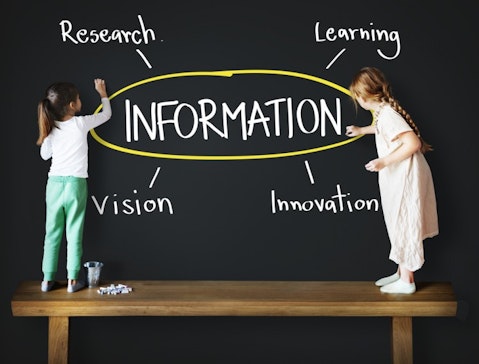
Rawpixel.com/Shutterstock.com
9. Water Play Experiment-Sink or Float
Activities involving water are very interesting to kids. They like playing with it so this is a perfect way to teach them about science. All you need for this activity is a medium-large container filled with water and a few toys which can get wet. Simply put the toys in the water one by one and observe along with your kid. Which toys remain on the surface and which sink in water? Try to ask your kids many questions while they are putting the toys in water to see what they think.

8. Wizard’s Brew
For this activity that’s up next on our list of science activities for toddlers and preschoolers you will need a few things like baking soda, watercolors (you can also use food coloring), dish soap, vinegar, glitter, a glass jar, and a tray. The first thing you need to do is fill the jar with vinegar but only a half of it. Then add a little color and glitter, after which you can pour the dish soap and stir. When you put the jar on a tray, now add a little baking soda and stir again. This is when the foaming is about to begin and everything becomes interesting. You can continue adding baking soda and different colors if you want to make it more fun.

Poznyakov/Shutterstock.com
7. Magnetic Boxes
This is a very simple science activity, number 7 on our list of science activities for toddlers and preschoolers, that you can do any time. Find a box, possibly a plastic one, and put all sorts of metal objects inside such as paper clips, pipe cleaners, etc. Remember to include your child in the activity from the beginning by letting him/her find the objects and put them in the box. Then find a magnet and let your kid lift the metal objects with it without touching them.
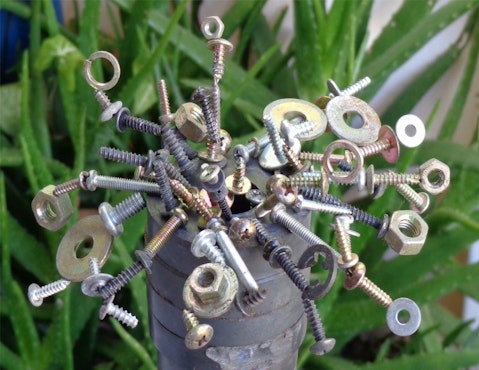
6. The Shiny Pennies Experiment
We included one classic experiment to our list of science activities for toddlers and preschoolers. Together with your kid, collect as many old tarnished pennies you can find and put them all in one container. Pour in the vinegar and soak the pennies. Pretty soon, they will become shiny and will look new. This experiment might also work with other solutions like lemon juice so you can try that one, too.

Copyright: wrangel / 123RF Stock Photo
5. Color Mixing
Just like the ones with water, children also likes activities which include colors. There are many varieties of color mixing experiments, but for this one, you need several bowls and different colors. Fill three bowls with water and add yellow, red, and blue color to one each bowl. Then find a few additional bowls for experimenting and let your child mix the colors by mixing two different colors. They can take a cup from two bowls, for example, yellow and blue, and then and pour them into the new empty bowls for mixing colors. Children are amazed when the colors start mixing.
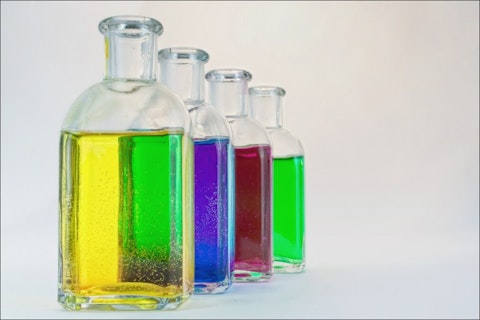
4. The Toothbrush Experiment
This activity that’s next on our list of science activities for toddlers and preschoolers is very useful actually because it teaches children that brushing your teeth is very important. You need a hard boiled egg for this activity, as well as a toothbrush, toothpaste, and a can of dark brown soda. Place a hard-boiled egg with a white shell into a cup and then fill the cup with soda. Let the egg soak overnight. You can remove the egg the next day asking your child to describe what happened. Compare how the egg looked before and after. Help your child describe the situation. Now take a toothbrush and toothpaste and give them to your child. Explain to the child how to clean the egg so it’s white again. Finally, compare the egg to a tooth and discuss what might happen to our teeth if we don’t brush them regularly.
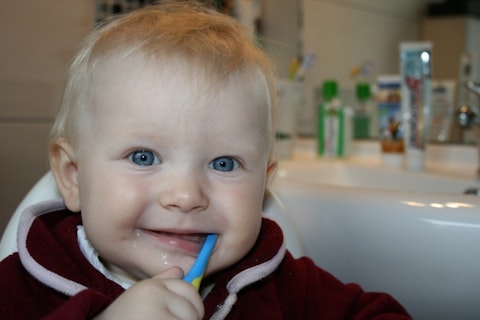
3. Making Spiders And Insects
We are continuing our list of science activities for toddlers and preschoolers with this activity that combines cooking with science and not only is it educational but tasty, too. Get an insect book to look at with your child before your go to the kitchen. Look at pictures of spiders and insects and ask your child about the difference between the two. If they cannot find the answers then help them by explaining that the difference between spiders and insects is in the number of legs. Now get ready to make some delicious spiders and insects. You will need to make a ganache and prepare some pretzels, nuts, and a paper to work with. Take the paper and create a chart by drawing a vertical line on the paper and then writing “spider” on one side and “insect” on the other. You and your child should use your fingers to model the bodies of spiders and insects out of ganache and then use nuts and pretzels to decorate them. Pretzels should serve as legs and pecans can serve as the carapace. Encourage your child to speak by asking questions about insects and spiders while you are making these treats. The chocolate treats should chill in the fridge for a while and when you take them out, take the chart you made previously and now choose your treats one by one, count their legs and together with the child, place them under the correct label on the chart.

Jay Ondreicka/Shutterstock.com
2. Tin Can Phone
This activity number two on our list of science activities for toddlers and preschoolers might sound silly considering that we live in an age of cellphones and advanced technology, but the satisfaction of watching your project come to life is priceless. Find two empty cans and a string which will serve a wire for the phones. Remove the tops of the cans and lay them upside down. Hammer a nail through both of them to make a little hole for the string. Connect the cans with the string by knotting inside. Instruct the children how to use the phones. One of them should speak directly to the can while the other kid will put the can to his ear and listen. The sound travels over the wire (string) because vibrations travel through the air. Discuss with the children how the phones work.

1. Turning Salt Water Into Fresh Water
The final activity on our list of 10 science activities for toddlers and preschoolers is very significant because it teaches the children the value of fresh water. You need water, salt, plastic wrap, two bowls, and a small rock for this experiment. Mix water and salt in one bowl. Put another smaller bowl or a cup inside the bigger one with salt water but without letting any salt water to get into the cup. Put a plastic wrap over the bowl and seal it. Put a small rock on top of it but in the middle of the surface above the smaller cup inside. Put all this in a sunny area for an hour and then observe what happens. Water drops should form beneath the plastic and they should flow to the empty smaller cup inside. Wait a few more hours and then remove the plastic. By now, there should be a small amount of water inside the cup so you can taste it. The water should not be salty so you can discuss what happened and how. Help your children understand how the water vaporized from the sun and returned to the previous state, fresh water.
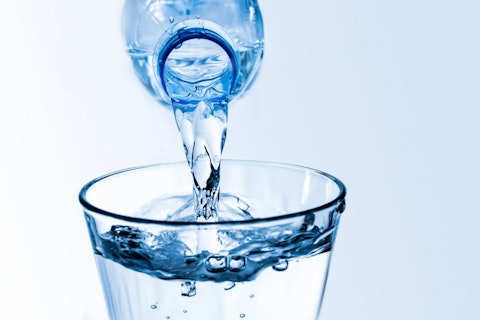
Artem Varnitsin/Shutterstock.com





